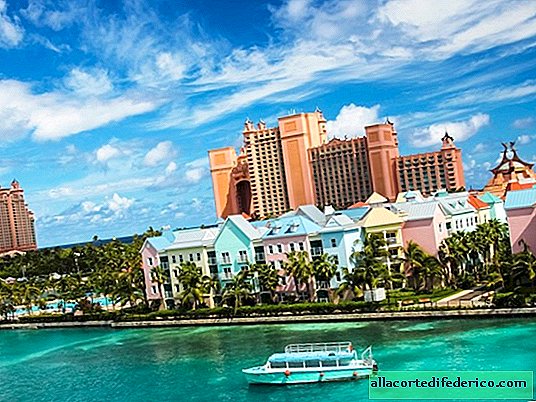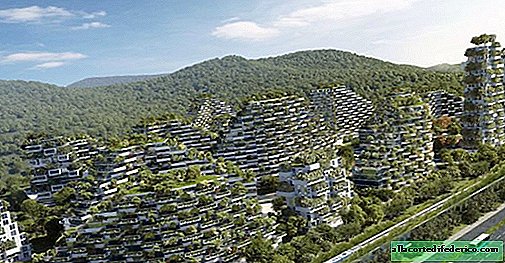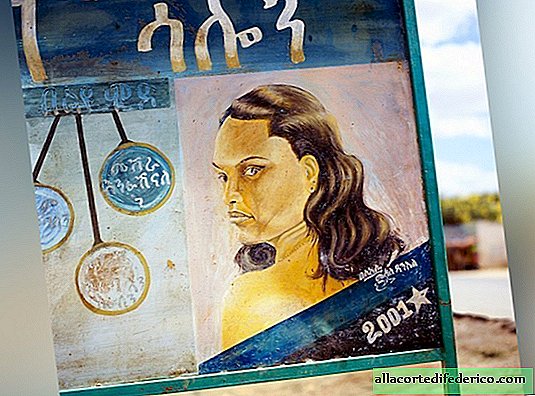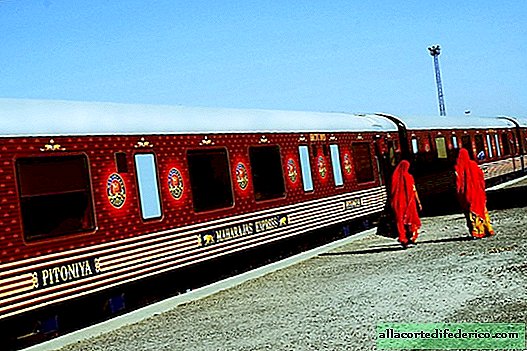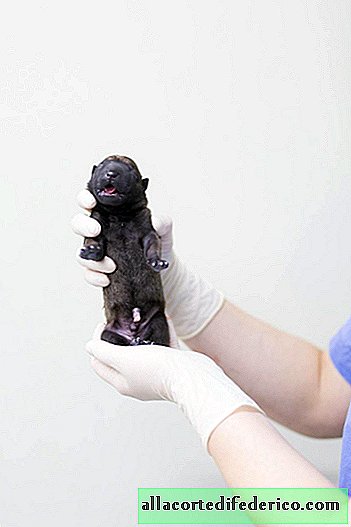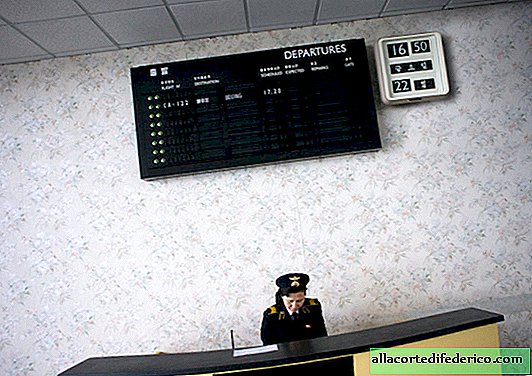Apricot orchards on the banks of the Yenisei: a miracle of selection or climate features
If you arrive in early August in the city of Sayanogorsk, which is located in Khakassia, on the banks of the Yenisei, you can see an unusual picture for Siberia. In the gardens of local residents, branches of apricot trees bend under the weight of the fruits, and at the local market, grandmothers sell apricot buckets along with carrots and herbs.
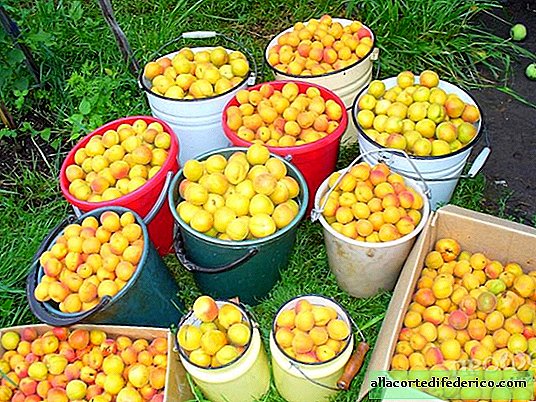
It turns out that delicious apricots can grow not only in sunny Kyrgyzstan or in Krasnodar, but also in harsh Siberia, where frosts are minus 40 degrees below zero in winter. How is this possible?
To understand this issue, you need to talk a little about fruit trees. All apple trees, pears, apricots and many other fruit trees growing in our gardens consist of two plants of different varieties. The lower part with roots is a stock, and the tree itself, which bears fruit, is a scion. Rootstock, as a rule, is a wild small-fruited form, common in nature, and scion is a large-fruited cultivar. They are combined with vaccination. In order for plants to better tolerate harsh and long winters, they are grafted onto winter-hardy wild varieties that allow the whole tree to grow in more northern latitudes than their cultural counterparts.

The stock for large-fruited apricots growing in the Yenisei Valley is the Manchu apricot, which is found in the wild in Primorye. This amazing tree grows on the slopes of the mountains in the Ussuri taiga and can withstand even 50-degree frosts. True, its fruits are very small and acidic, therefore they are more suitable for compotes than for fresh consumption, but the apricot itself was useful to scientists as a stock for larger forms. Cultivated varieties grafted onto it grow well in the Yenisei Valley, not only in Sayanogorsk, but also in Abakan. The famous apricot breeder - Baikalov Ivan Leontyevich lived and worked in this city for a long time. The author of several varieties of large-fruited apricots, he did a lot to make the dreams of Siberian gardeners a reality.

Although some skeptics claim that the whole matter is not in the selection achievements of agronomists, but in the local climate. After the construction of the Sayano-Shushenskaya hydroelectric station on the river, a reservoir was organized, the Yenisei began to freeze later. If before the river was covered with ice in early November, today the period of open water, which has a noticeable warming effect on the local climate, lasts until the beginning or middle of January. And although the local climate of the valley is somewhat milder than in the rest of the south of Siberia, the main merit in this apricot miracle, no doubt, belongs to the selection.

Gardening enthusiasts were not limited to breeding apricots. Valery Konstantinovich Zhelezov's nursery works in Sayanogorsk, in which he successfully grows large-fruited apricots and apples, even Aport varieties, plums, cherries and peaches. There are gardeners who are trying to grow walnuts in Siberia.
 In the photo: V.Z. and his apple crop
In the photo: V.Z. and his apple crop

